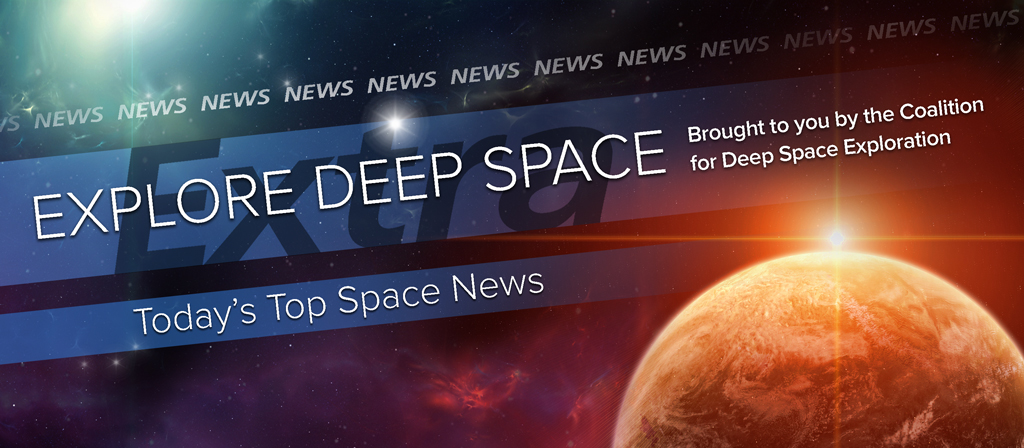In Today’s Deep Space Extra… NASA asks students for help with the design of eating utensils for astronauts on deep space missions.
Human Deep Space Exploration
Star Trek and NASA just issued a replicator challenge
Popular Science (2/16): NASA has joined with the National Society of Mechanical Engineers in a challenge to school children. The youngsters are asked to create 3-D models of the non-edible utensils humans need to consume food, items that distant astronauts could replicate with a 3-D printer. “We want you to boldly go where no one has gone before, beyond the Space Station, to think about living on the moon, or Mars or beyond,” say sponsors.
The 12 greatest challenges for space exploration
Wired.com (2/16): Humanity is compelled to explore no matter the risk. Space is cold, vast and deadly. Humans will explore it anyway because it’s something human beings do, according to the op-ed.
Space Science
Follow the salt: Search for Mars life may focus on driest regions
Space.com (2/16): New research suggests that life, if it arose on Mars, survived in regions previously believed to be too dry, even too salty, for microbial activity.
Time-lapse video documents assembly of Webb Telescope primary mirror
Universe Today (2/16): A NASA video shows how the primary mirror of the world’s most powerful space observatory, the James Webb Space Telescope, was assembled at the Goddard Space Flight Center. The JWST is scheduled to launch in late 2018 for observations of the earliest star systems and the evolution of the universe.
Scientists just analyzed the atmosphere of a “super-Earth” for the first time
Washington Post (2/16): Super Earths are believed to be the most common category of planet in the Milky Way galaxy. Like most in its class, Janssen is so close to its star that it’s considered uninhabitable.
Russia’s improved ballistic missiles to be tested as asteroid killers
TASS, or Russia (2/11): Upgraded Russian intercontinental ballistic missiles could be tested against a small class of meteorite that threatens to collide with the Earth, according to a lead researcher. Apophis, which is expected to come close to the Earth in 2036, could serve as one target.
China outlines its long-term vision for space science
GB Times (2/16): China spotlights a new space science agenda that will focus on astronomy, space physics and Earth science. The move was encouraged by Wu Ji, director-general of the National Space Science Centre of Beijing, who was influenced by his experiences in Europe as a young professional engineer.
H-IIA rocket delivers satellite
Japan Times (2/17): Japan’s Astro-H spacecraft, an X-ray observatory, was launched Wednesday atop an H-IIA rocket. Multiple telescopes will be used to study distant black holes and galaxies.
Russian astronomer discovers new source of cosmic radiation
Sputnik News (2/16): Scientists detect signs that Wolf Rayet stellar collisions are a source of cosmic radiation. Wolf Rayet stars are massive stellar bodies that release extremely high bursts of energy. These, in turn, create supersonic winds, which blow outward.
Low Earth Orbit
Sentinel-3A Earth-observing satellite successfully launches from Plesetsk
Spaceflightinsider.com (2/16): Europe’s Sentinel 3A Earth-observing spacecraft lifted off Tuesday from Russia’s northern launch complex to regularly observe the world’s oceans and ice sheets to gauge their response to global weather patterns and climate change.

